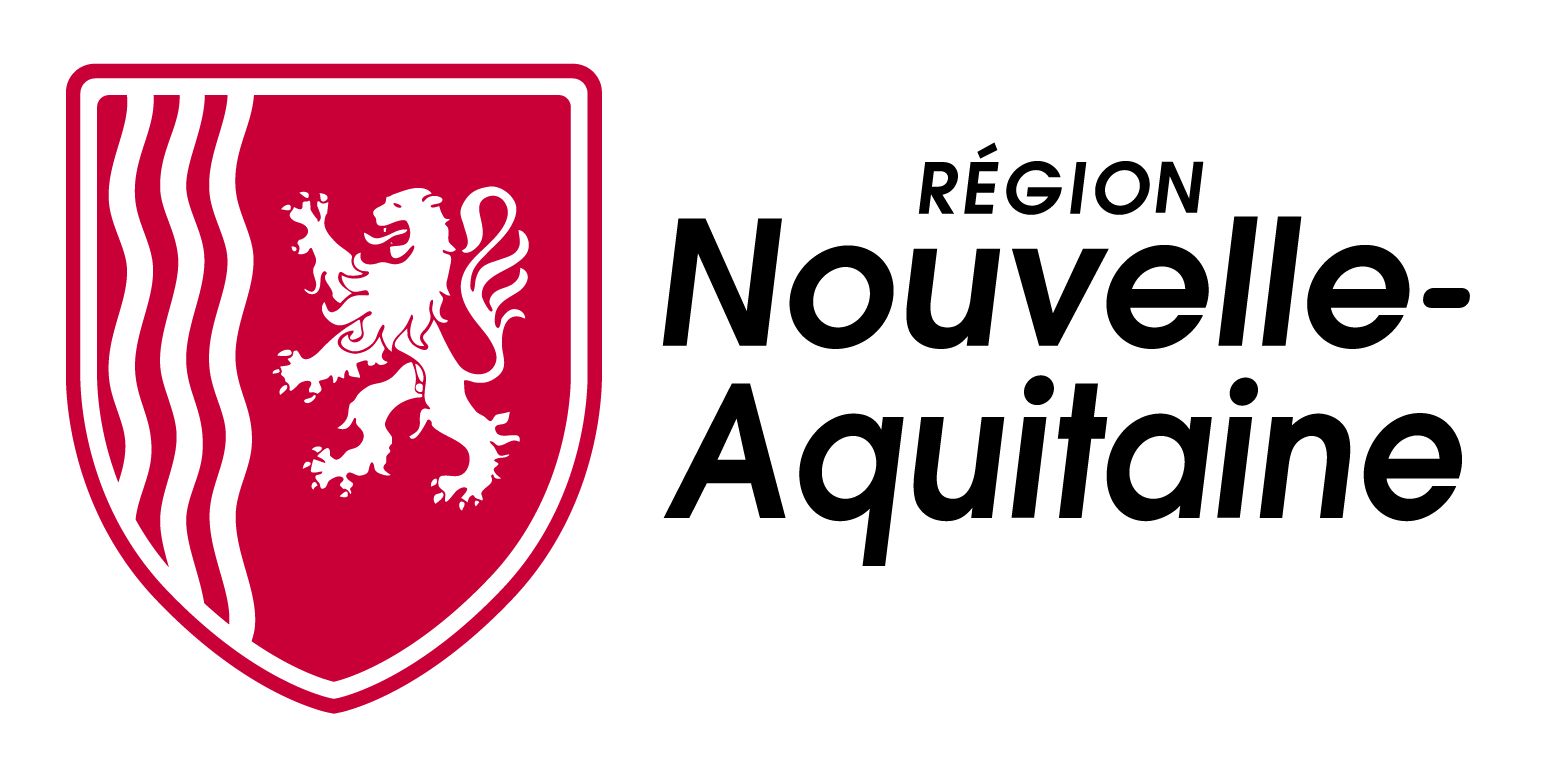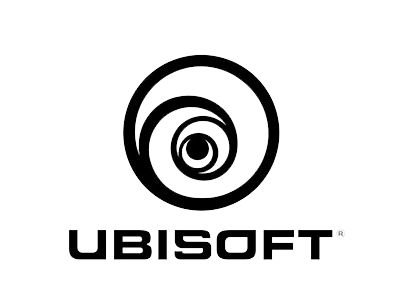Kiwi
Automating interactive simulations
Type of project
Technology
transfer
Duration
15.01.2018
31.12.2021
Official website
The projext at a glance
Founded in 1986, Ubisoft Entertainment is the third-largest video game publisher in the world and the leading European publisher. To enhance the player experience, Ubisoft aims to immerse players in deep, long-lasting gaming experiences.
The KIWI project thus seeks to address technological challenges across several interconnected fields related to real-time scalable interactive simulation automation and player behavior analysis.
This R&D project aims to overcome key technological obstacles critical to Ubisoft for the development of large-scale digital simulations, their scalability, and their real-time adaptability to both players and external disruptions.
To achieve this, the project focuses on:
-
Facilitating the creation and management of complex worlds, with large-scale, playable online environments;
-
Producing an infinite amount of high-quality gameplay content (infrastructure, activities, scripted content) through procedural generation to populate these worlds;
-
Enhancing quality (of both code and data) through automation methods and Machine Learning, which are increasingly necessary due to the massive growth of generated data;
-
Improving the understanding of players and their behavior, and adapting content to their preferences.
It also aims to:
-
Ensure compatibility with leading industry tools (such as Maya, 3ds Max, etc.), as well as Ubisoft’s internal tools;
-
Develop tools tailored to user needs, thanks to extensive research into ergonomics and usability;
-
Guarantee scalable technologies that can easily incorporate new features over time.
CATIE contribution
CATIE will contribute to the project by working on:
-
Algorithms for comparison and conflict detection in the game element definition data;
-
Prediction of game performance based on data collected by a robot navigating through the game environment.
Expertise used

Région Nouvelle-Aquitaine
